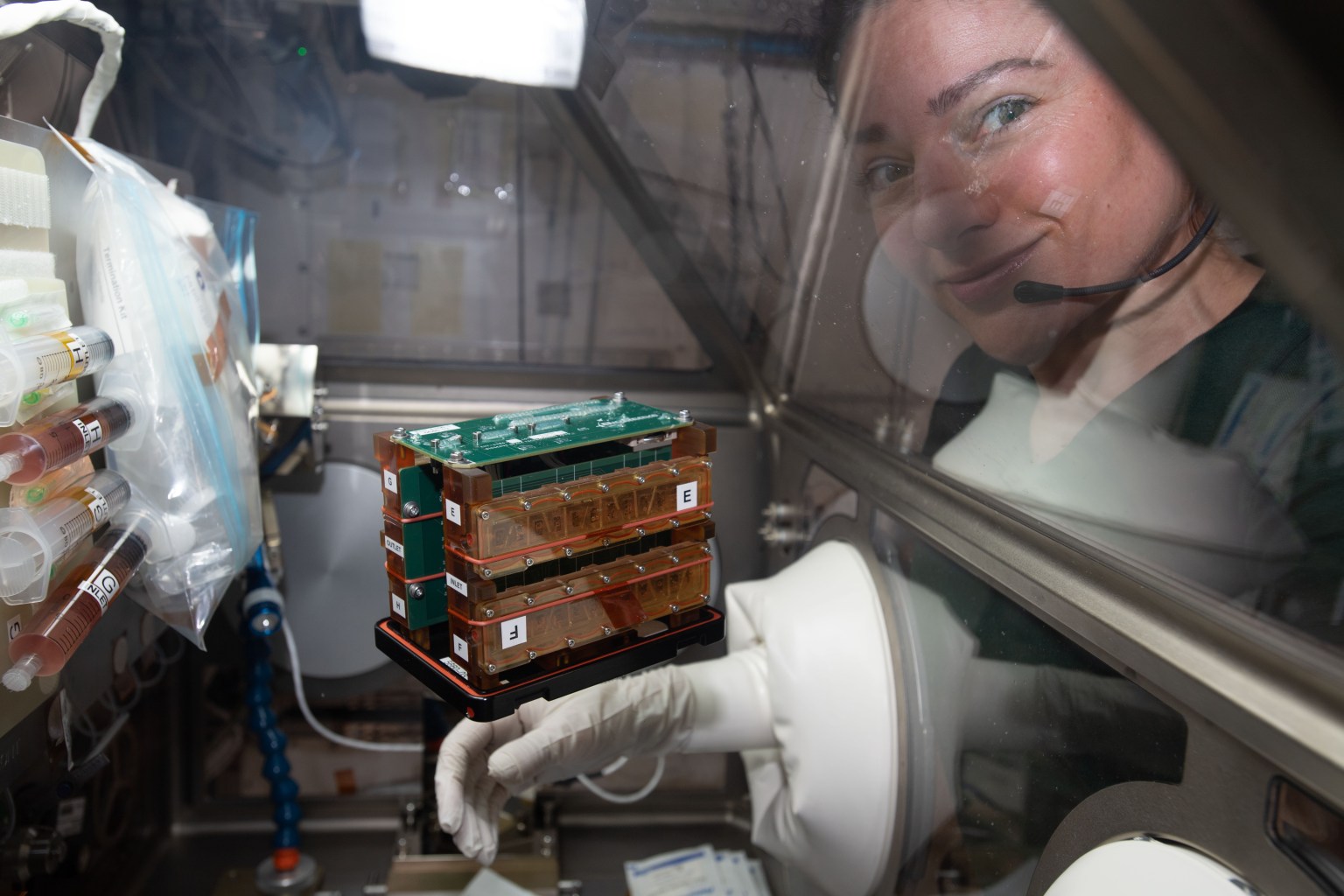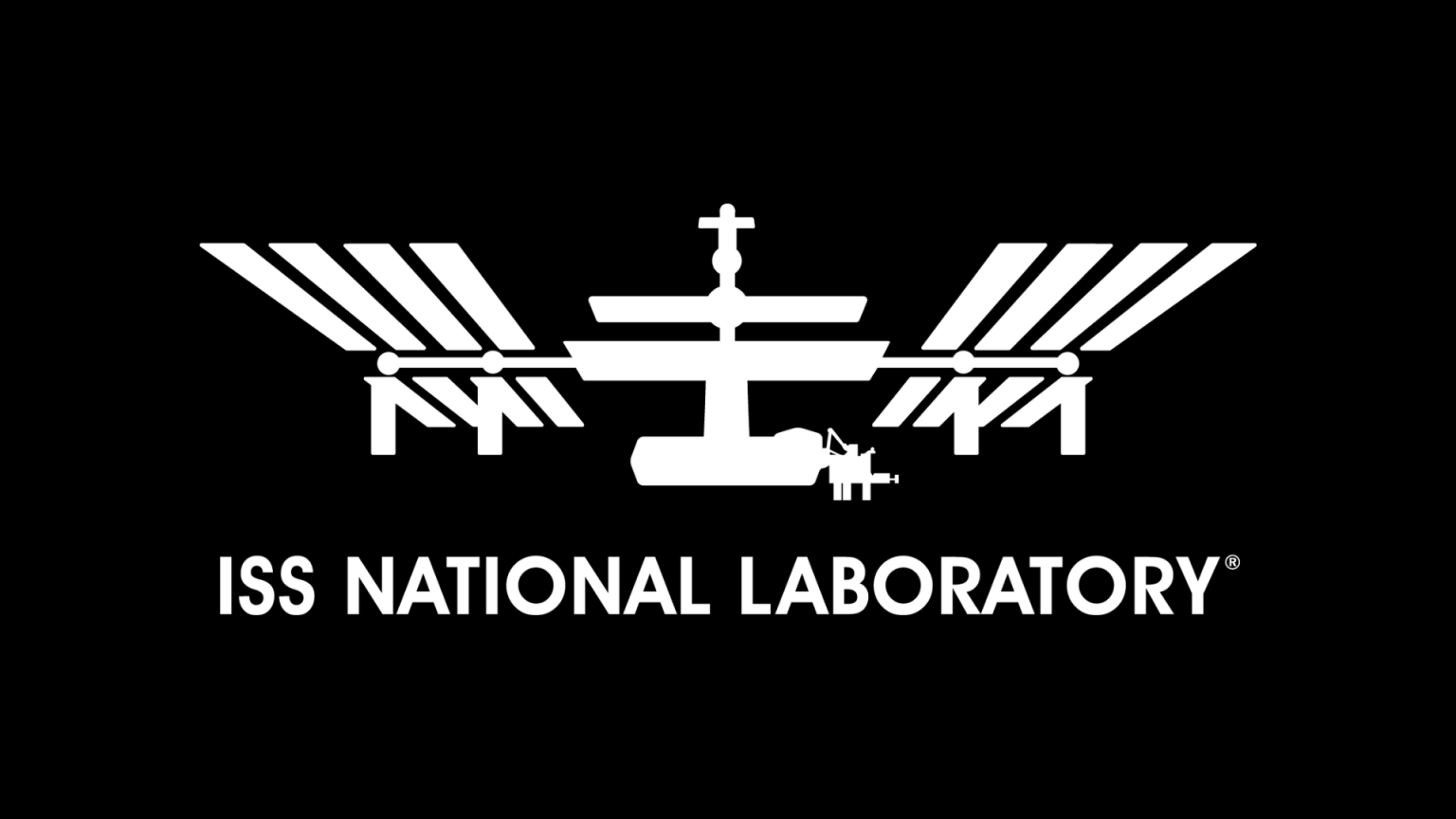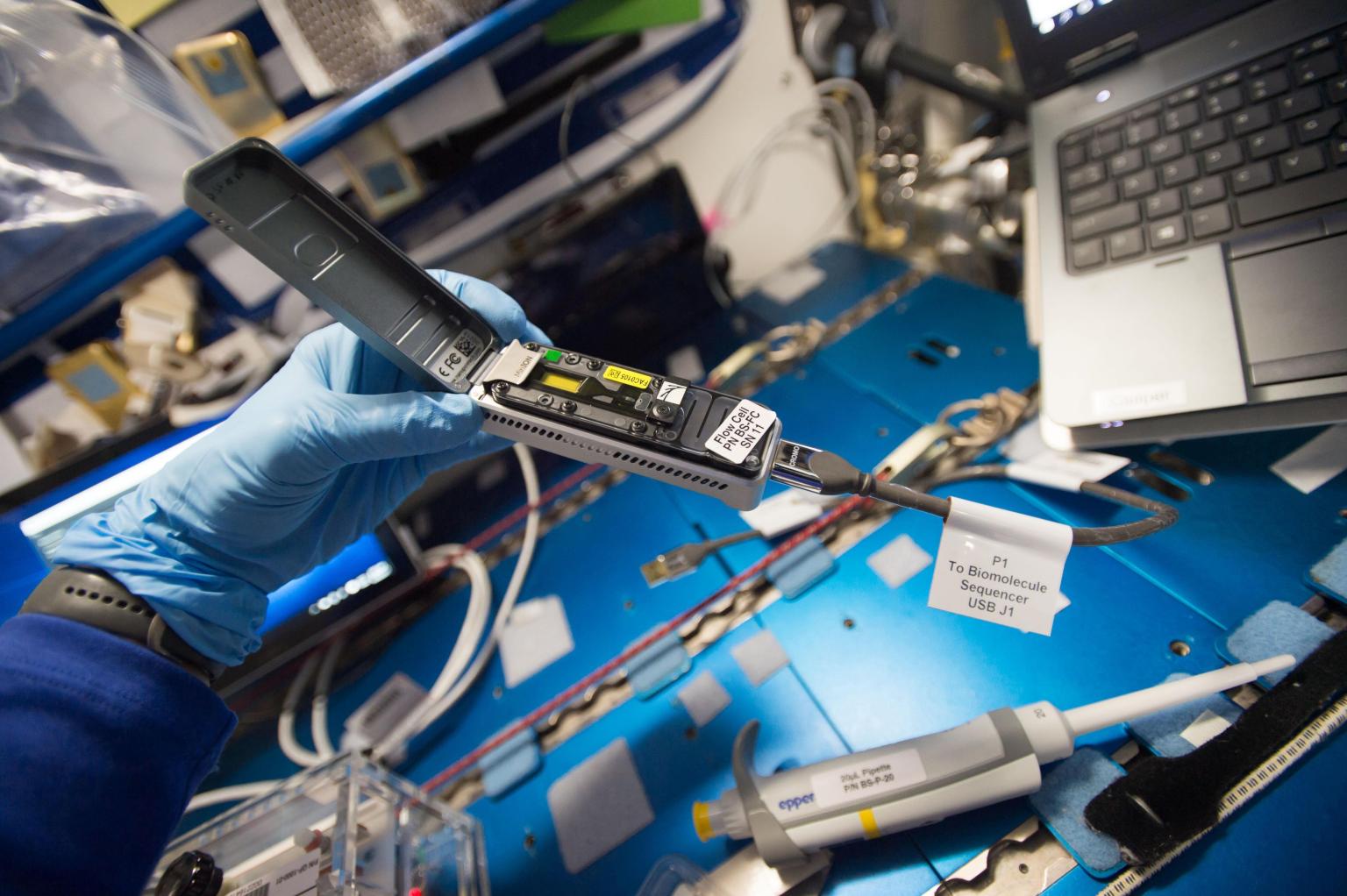Station Research News
The latest news on scientific research, crew activities, and milestones on the space station.
Current mission
Expedition
Crew Members Aboard
Science in Space: November 2024
Wearable Tech for Space Station Research
Many of us wear devices that count our steps, measure our heart rate, track sleep patterns, and more. This information can help us make healthy decisions – research shows the devices encourage people to move more, for example – and could flag possible problems, such as an irregular heartbeat. Wearable monitors also have become common tools for research on human health, including studies on the International Space Station. Astronauts have worn special watches, headbands, vests, and other devices to help scientists examine sleep quality, effectiveness of exercise, heart health, and more.
Learn More about Wearable Tech for Space Station Research
Hello Earth? Space Calling
How it started versus how it’s going for astronaut Nick Hague with ISS Ham Radio on station. Since November 2000, crew members like Hague have used ham radio to communicate with people on Earth through this educational program, also known as Amateur Radio on the International Space Station or ARISS. So far, there have been more than 1,700 events, directly engaging students and listeners from 49 U.S. states, 63 countries, and all seven continents.
Learn MoreVariety of Experiments on NASA's SpaceX-31 Mission Launched to Station
NASA and its international partners have launched a number of scientific investigations on SpaceX’s 31st commercial resupply services mission to the International Space Station, including studies of solar wind, a radiation-tolerant moss, spacecraft materials, and cold welding in space. The company’s Dragon cargo spacecraft launched from NASA’s Kennedy Space Center in Florida.
Learn More
Native American Seeds Flown Aboard Space Station
The Choctaw Heirloom Seeds investigation flew five varieties of heirloom seeds from the Choctaw Nation of Oklahoma aboard the International Space Station in early November 2023. The seeds are Isito (Choctaw Sweet Potato Squash), Tobi (Smith Peas), Tanchi Tohbi (Flour Corn), Tvnishi (Lambsquarter), and Chukfi Peas. The seeds spent six months aboard station, returning to Earth in April 2024.
Learn More
Tissue Chips Accurately Model Organs in Space
The International Space Station offers a unique microgravity environment where cells outside the human body behave similarly to how they do inside the human body. Tissue chips are small devices containing living cells that mimic complex functions of specific human tissues and organs. Researchers can run experiments using tissue chips aboard space station to understand disease progression and provide faster and safer alternatives for preparing medicine for clinical trials.
Learn More about Tissue Chips Accurately Model Organs in Space
NASA’s SpaceX Crew-9 to Conduct Space Station Research
NASA astronaut Nick Hague and Roscosmos cosmonaut Aleksandr Gorbunov are headed to the International Space Station for the agency’s SpaceX Crew-9 mission in September. Once on station, these crew members will support scientific investigations that include studies of blood clotting, effects of moisture on plants grown in space, and vision changes in astronauts.
Learn More
Station Research Features and Articles

Anthocyanins protect seeds in space After exposure to space outside the International Space Station, purple-pigmented rice seeds rich in anthocyanin…

One year ago today, the future of space communications arrived at Earth as a beam of light from a NASA…

Science in Space Nov 2024 Many of us wear devices that count our steps, measure our heart rate, track sleep…
Weekly Newsletter
Find out the latest about the research onboard the space station from our weekly newsletter!
Subscribe to Our Newsletter
Space to Ground
NASA’s Space to Ground is your weekly update on what’s happening aboard the International Space Station.
Visit Playlist on YouTube






























